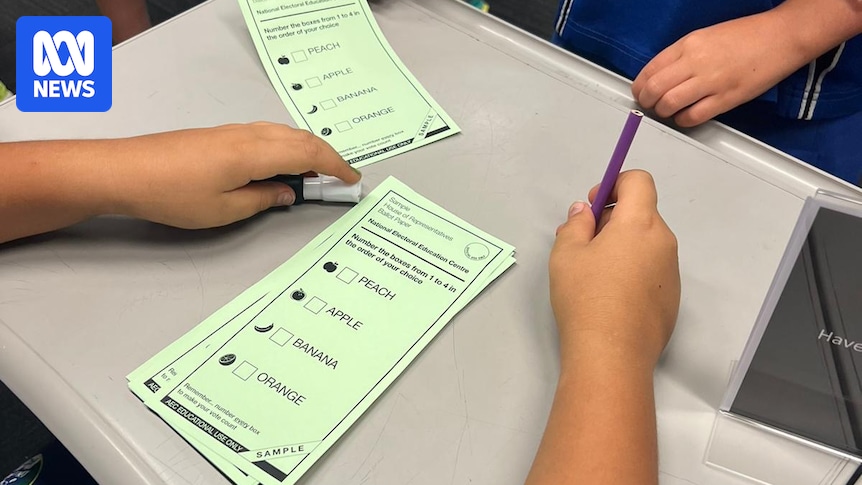Preferential Voting in Australia: Your Vote Explained
Australia's electoral system, renowned for its fairness and inclusivity, utilizes a preferential voting system. Understanding how this system works is crucial for every Australian citizen, ensuring your vote truly reflects your preferences. This article provides a clear and concise explanation of preferential voting, demystifying the process and empowering you to participate effectively in Australian democracy.
What is Preferential Voting?
Unlike many "first-past-the-post" systems, Australian preferential voting allows you to rank candidates in order of preference. Instead of simply voting for one candidate, you number them from 1 to n, where n is the total number of candidates. This ensures your vote isn't wasted even if your first-choice candidate doesn't win.
How it Works in Detail:
-
Numbering Candidates: You'll receive a ballot paper listing all candidates. Number each candidate in order of your preference, starting with '1' for your favourite candidate and continuing until you've numbered all candidates. It's crucial to number every candidate; otherwise, your vote might be deemed informal.
-
Counting the Votes: The Australian Electoral Commission (AEC) meticulously counts the votes. First, they count the number of '1' votes each candidate received. If a candidate secures over 50% of the vote, they win outright.
-
Distribution of Preferences: If no candidate achieves an outright majority, the candidate with the fewest '1' votes is eliminated. Their '1' votes are then distributed to the remaining candidates based on the voters' next preference (the number '2' on their ballot paper).
-
Iterative Process: This process of eliminating candidates and distributing preferences continues until one candidate secures a majority of the votes. This ensures the winning candidate enjoys broad support.
Why is Preferential Voting Important?
-
Fairer Representation: It leads to a more representative outcome by preventing minority parties or independent candidates from being completely shut out. It allows voters to express their preferences beyond a single choice.
-
Minimizes Wasted Votes: Your vote isn't lost if your first choice is eliminated early. Your preference transfers to your next choice, ensuring your voice is heard throughout the counting process.
-
Encourages Coalition Building: Candidates often appeal to a broader spectrum of voters, leading to more collaborative governance after the election.
-
Promotes Stability: The system often produces a winning candidate with strong, broader support, leading to more stable government.
Common Myths Debunked:
-
Myth: Voting strategically (e.g., only voting for the 'major' parties) is necessary. Reality: While you can strategically number your preferences, your sincere preferences are just as valid and important.
-
Myth: The system is too complex to understand. Reality: With a little explanation, as provided here, the process is straightforward and easy to grasp.
-
Myth: Your lower preferences don't matter. Reality: Your lower preferences play a critical role, especially when the counting process eliminates lower-polling candidates.
Where to Learn More:
The Australian Electoral Commission (AEC) is the best resource for detailed information and resources on preferential voting. Visit their website ([insert AEC website link here]) for guides, videos, and FAQs to further your understanding. Understanding the system is your civic duty and empowers you to participate meaningfully in Australia's democratic process. Make sure you’re informed before you vote!
Call to Action: Do your research, understand your candidates, and cast your vote confidently knowing you've fully utilized the power of preferential voting.

